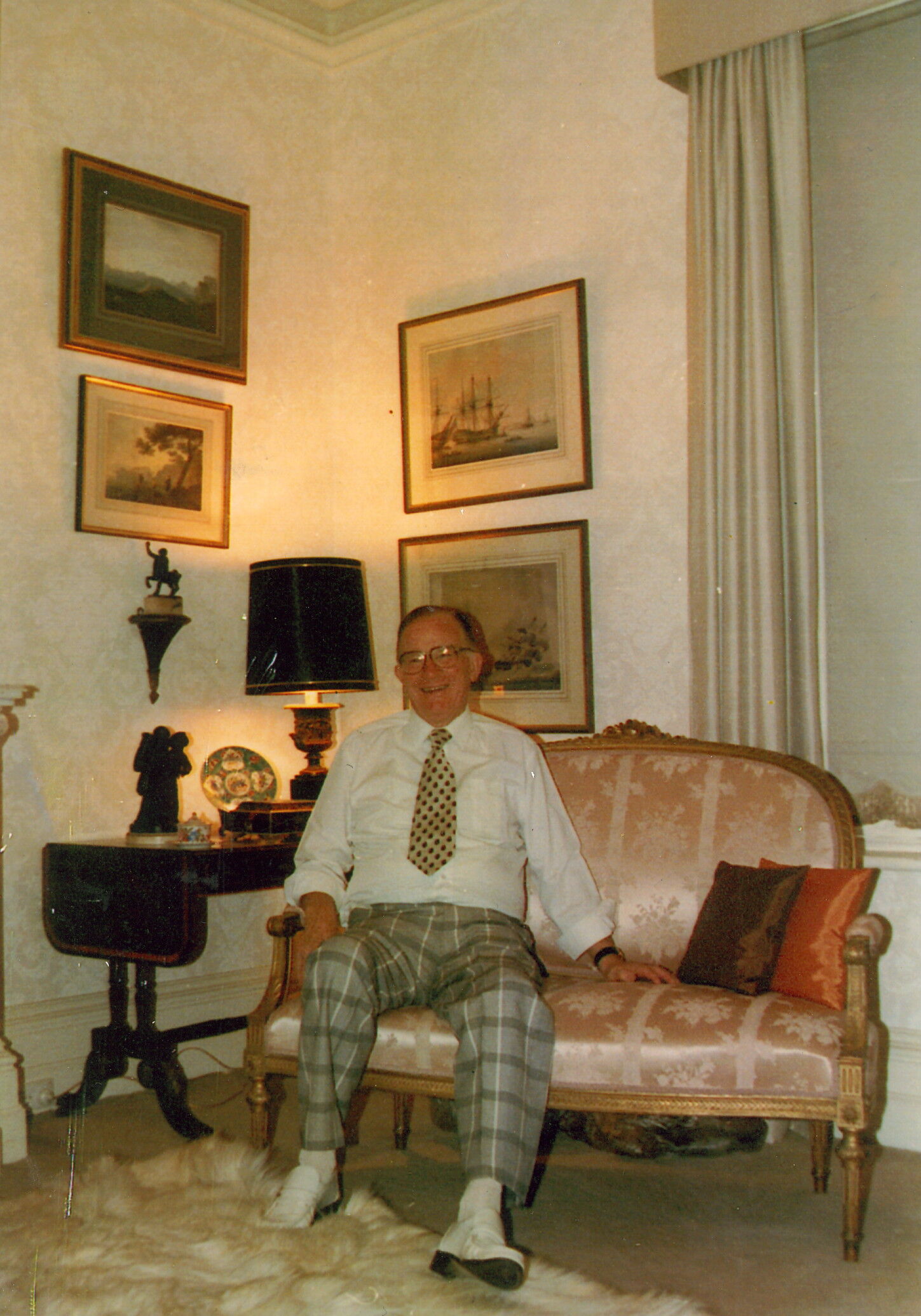History
HISTORY OF WILLIAM JOHNSTON & FAIRHALL
William Robert Johnston (Lilydale, 8 June 1911 – Pune, India 27 October 1986) was a prominent 20th century antiques dealer, collector, and property investor based in Melbourne.
William Johnston’s lifelong passion for collecting beautiful objects began when his grandmother gave him a little teacup – a circa 1815 Minton potteries teacup without its saucer - when he was about 8 years old.
Beginning with the treasured teacup, Johnston over his lifetime, assembled the most astonishing collection comprising more than 1,500 objects of English Georgian, Regency, and Louis XV period furniture, paintings, ceramics and objet d’art, now regarded as one of the best collections of its kind in Australasia.
The conversion of Fairhall into an exhibition-house drew on the skills of numerous people between 1986 to 1990; Peter Lovell of Allom Lovell and Associates (now Lovell Chen | Architects & Heritage Consultants) was the conservation architect; David McCabe of David McCabe Design Pty Ltd (now Robin Wade and Partners, London) was the interior designer and John Patrick of John Patrick Landscape Architects was invited to recreate a courtyard garden in a form similar to William Johnston’s
At that time “The objective in the presentation of Fairhall will be to maintain the atmosphere created by William Johnston and to build on this atmosphere.”
They were joined by Judith Thompson, inaugural director, (early 1989-1991), to create the first exhibition in Fairhall. New fabrics and frames were sourced in England, curtains fabric was supplied by St James Furnishings, Melbourne and made by Arthur Taylor, Hawthorn, almost all the furniture was reupholstered and cushions were made by Ian Cooper.
Fairhall exhibition-house opened to the public in November 1990.

About US
Explore
Contact
VISIT
See our VISIT page for hours and directions
BY PHONE
+61 3 9416 2515
BY POST
PO Box 79, East Melbourne VIC 8002
ONLINE
General enquiries
Membership enquiries
Shop
Donation enquiries
Subscribe to E-Newsletter



